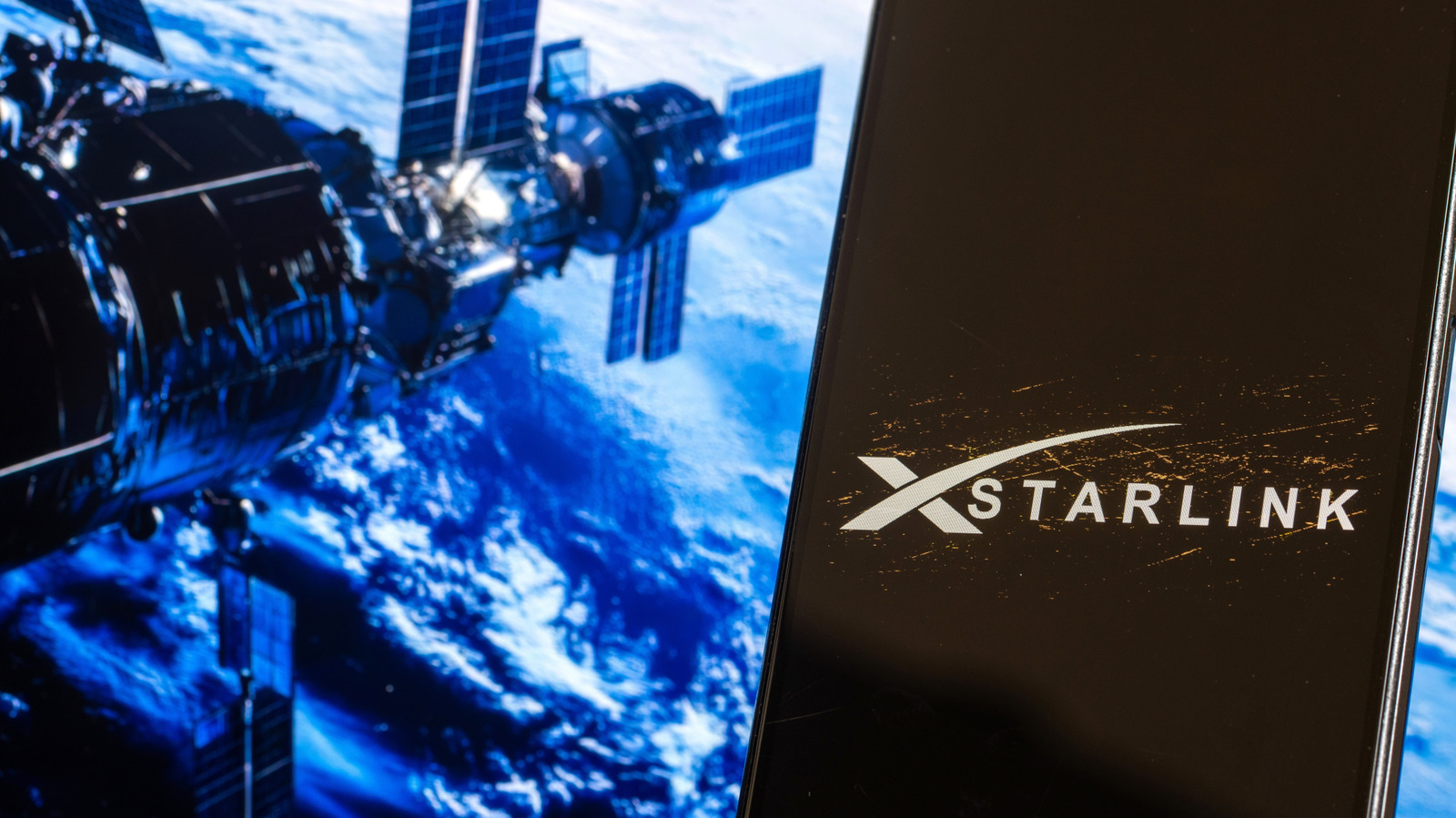As more satellites and space debris populate Earth’s orbit, the risks associated with potential collisions in space are escalating. With over 11,000 active satellites and an estimated 1.2 million pieces of space debris, the challenge of avoiding accidents has become an essential part of satellite operations. According to the European Space Agency (ESA), the increasing congestion in space demands solutions that not only prevent immediate collisions but also enable long-term management of space traffic. One such solution is CREAM—the Collision Risk Estimation and Automated Mitigation system. This groundbreaking project, supported by ESA’s Space Safety Program, is designed to help satellite operators manage risks more effectively, reduce human errors, and ensure safer spaceflight. By automating much of the collision risk assessment process, CREAM aims to significantly alleviate the burden on operators and facilitate better communication between different stakeholders in space operations.
Automating Collision Risk Assessment for Space Safety
Currently, satellite operators face a challenging task when it comes to collision risk assessment. Determining whether two satellites are on a collision course, crafting avoidance strategies, and coordinating responses require considerable human involvement. The process is often slow and prone to miscommunication, especially when operators must communicate with one another. This is where CREAM shines, as it automates much of the process. The system can evaluate the likelihood of a collision, recommend avoidance maneuvers, and even send out alerts when necessary. By automating these tasks, CREAM reduces the likelihood of human error and accelerates decision-making, providing operators with faster and more reliable tools to keep satellites safe.
“The problem with establishing any kind of ‘rules of the road’ depends not only on the need to find consensus on such rules, but also on the availability of the technologies to make them a reality – a kind of chicken-and-egg problem,” the researchers said. This highlights the critical role that technological advancements like CREAM play in ensuring that space traffic regulations and best practices can evolve in tandem with the rapid growth of space activity.
A New Era of Collaboration Among Space Stakeholders
One of the most innovative aspects of CREAM is its ability to bring together different stakeholders in space. Whether it’s satellite operators, service providers, regulators, or observers, space operations often involve complex negotiations between multiple parties. In the past, communication between these entities has been disjointed, with miscommunication leading to delays or even conflicts. CREAM aims to change this by providing a unified platform where all parties can communicate effectively. This level of collaboration is particularly crucial when the potential collision involves two operational satellites. Instead of a back-and-forth of emails and phone calls, CREAM helps parties reach agreements on collision avoidance in real-time, ensuring that decisions are made swiftly and accurately.
The system’s design makes it easy for different parties to collaborate, reducing the time it takes to address collision risks. It also includes a mediation function, which comes into play if disagreements arise between operators. If a resolution can’t be reached immediately, CREAM escalates the issue to a mediation service to ensure fairness and transparency throughout the process. This means that, even in complex or high-stakes situations, satellite operators can rely on the system to guide them toward a resolution without compromising safety.
Preparing for Space Traffic Management in the Future
The primary goal of CREAM is not just to prevent collisions but to help create a framework for managing space traffic in the future. As the number of satellites in orbit continues to grow, so too does the need for coordinated space traffic management. The increasing complexity of space operations makes it clear that we will need to establish a set of universally accepted “rules of the road” to avoid accidents and maintain the long-term sustainability of space activities. CREAM is being built to support this vision by providing a standardized toolset that will help satellite operators comply with future space traffic regulations.
“CREAM can support future space traffic management frameworks by offering a standardized toolset allowing operators to comply with best practices and rules, and regulators to monitor compliance,” the team explained. This will be key to ensuring that space remains a safe environment for exploration, research, and communication. The adaptability of the system also ensures that it will remain relevant as space regulations evolve. As international norms and technologies mature, CREAM’s flexible design will allow for the integration of new standards and practices, ensuring its long-term effectiveness in a rapidly changing space environment.
CREAM and the Evolution of Space Safety
The development of CREAM is an important step toward addressing the challenges of space safety. As the number of satellites in orbit grows, space traffic management will become increasingly important. The system’s ability to automate collision risk assessments, support communication between stakeholders, and offer mediation services when needed is already making a significant impact. But perhaps its most important contribution will be in shaping the future of space traffic management. With its capacity to adapt to new technologies and evolving standards, CREAM is not just a solution for today’s challenges—it is also laying the foundation for future efforts to keep space safe, organized, and sustainable.
“It is designed to be highly adaptable, allowing non-technical users to define evolving standards within the system. This flexibility ensures long-term relevance as best practice, international norms, and technologies will mature.” By making space traffic management more efficient, CREAM can help guide the way toward an organized and regulated future in Earth’s orbit. With the potential to scale as more satellites are launched and new technologies emerge, CREAM could become a cornerstone of the space industry’s safety infrastructure in the years to come.
Source link


